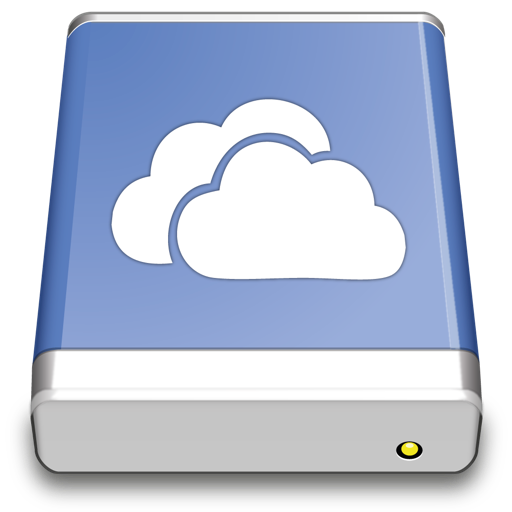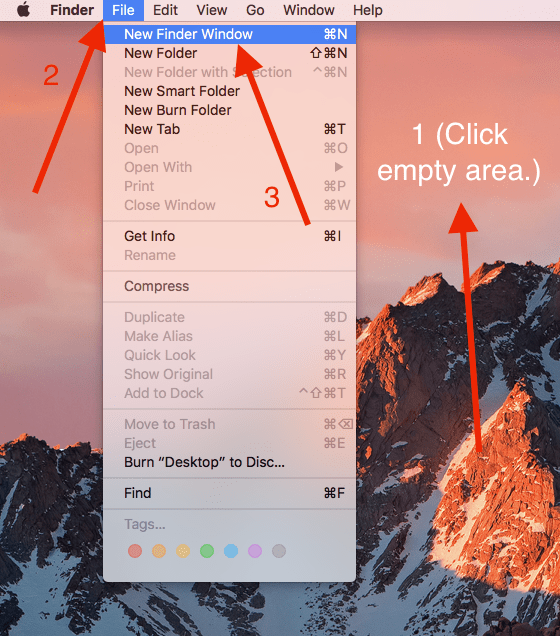
usr/bin/pluginkit -e use -i Sync SharePoint sitesĬlick the Microsoft 365 app launcher, and then click SharePoint.Ĭlick Documents or navigate to the subfolder that you want to sync. If you're an admin and want to enable sync icon overlays on multiple computers, you can use this Terminal command: Open up your OneDrive folder in Finder to see overlays on your files and folders. Toggle on the OneDrive Finder Integration to enable Finder overlays.

Access onedrive on a mac mac#
If you’re on OSX 10.10 or higher, get sync status directly from Finder by enabling Finder overlays in Settings.įirst, click the Apple logo in the top left corner of your Mac Desktop and select System Preferences, then select Extensions in the top-level menu (shown in the 3rd row from the top). You will see the name of your organization. You’ll also see a folder in Finder called OneDrive – YourTenantName. So you’ll have one cloud if you’re only syncing a work or school account, one cloud if you’re syncing only a personal account, or two clouds if you’re syncing both. You’ll have a cloud icon for every account you’ve connected to OneDrive. You can find OneDrive up in your Menu bar. You’re done! Click Open my OneDrive folder to see your files sync to your folder. This conserves space on your computer, and reduces bandwidth needed for the sync processes. On the Sync Files from Your OneDrive screen, you can choose the folders you want to sync to your computer, and click Next. When you see the This is your OneDrive folder screen, you’ll now see a path to the folder you selected. Select a location where you would like to save your OneDrive files and click Choose this location. On the This is your OneDrive folder screen, click Change Location. However, you can change this during setup. When setting up your OneDrive, it has a default location set. There are a few points of OneDrive Setup that are helpful to watch for: If you already have a personal account signed in to OneDrive, you’ll want to add a work or school account in OneDrive Preferences.Ĭlick the OneDrive cloud icon up in your Menu bar, click the three dots to open the menu, and select Preferences.Ĭlick the Account tab, and then select Add an Account to start OneDrive Setup.Įnter your work or school account and click Sign in. This starts OneDrive Setup.Įnter your work or school account and then select Sign in to set up your account. Start OneDrive by pressing cmd+Space to launch a Spotlight query and type OneDrive. If you're not signed in to OneDrive with any account, start OneDrive to connect a work or school account. Important: If you are currently using the OneDrive Mac Store app, you must first uninstall it before installing the latest build of the sync app. If you have signed in to the OneDrive sync app with a Microsoft account (for example, you should already have the sync app and you can skip to step 2 below. Method 2: If you already have a personal account signed in to OneDrive Method 1: If you have no accounts signed in to OneDrive

For more information, see OneDrive End Of Support Notice
Access onedrive on a mac mac os#
On November 10, 2020, Apple announced their new Macs using Apple silicon CPUs. If you're using a Mac that has the Apple silicon processor instead of the Intel processor, some Office features may not be available yet. For more information, see Microsoft 365 and Office 2019 support for Apple siliconĪs of 1 February 2019, OneDrive only supports new installations on Mac OS 10.12 or newer.

For most users, no additional setup is needed to use OneDrive on a Mac with the Rosetta 2 emulator. OneDrive is supported on macOS devices with Apple silicon through Rosetta 2 emulation. (If you're the IT admin for your organization, see Enable users to sync SharePoint files with the new OneDrive sync app.) The sync app lets you sync files from your OneDrive for work or school and even from Microsoft SharePoint sites if your admin enabled it. The changes will automatically be made in OneDrive and your other computers that have the sync app installed. You can also use the Finder to rename and delete files, create new folders, and move files around in your OneDrive folder. If you installed the OneDrive app on other computers, the files will automatically be added to the OneDrive folders on them, too. Files you upload this way can be up to 250GB in size if you're signed in to a Microsoft account, or 15GB if you're signed in to a work or school account. To upload files to OneDrive automatically, just copy or move the files to your OneDrive folder using the Finder, or save them in your OneDrive folder from an app. If you add, change, or delete a file or folder on the OneDrive website, the file or folder is added, changed, or deleted in your OneDrive folder and vice versa. This folder is kept in sync with OneDrive.
Access onedrive on a mac install#
When you install the Microsoft OneDrive sync app for Mac, a copy of your OneDrive is downloaded to your Mac and put in the OneDrive folder.


 0 kommentar(er)
0 kommentar(er)
